Let’s delve into the fascinating character arcs of Tony Stark and Steve Rogers in the Marvel Cinematic Universe (MCU) as we observe their close connection and how it shapes their individual transformations throughout the series. As both characters develop, they influence one another in powerful ways, creating a dynamic between them that has captivated fans for over a decade. It is truly remarkable to witness this intertwined journey as each hero grows and evolves over time.
One of the most remarkable features of the Marvel Cinematic Universe is how its filmmakers have put characters at the forefront, giving them precedence over all other elements. These colossal blockbusters focus on developing and exploring their protagonists in order to create a strong narrative that audiences can readily invest in, making it one of the strongest aspects of this media franchise.
Despite the criticism from certain quarters that the Marvel Cinematic Universe (MCU) produces movies resembling theme park rides more than genuine cinema, its overwhelming success is irrefutable. Numerous filmmakers have voiced their disapproval of this approach, but it has not hindered the MCU’s domination at the box office nor prevented legions of fans across the globe enjoying these films.
A great deal of the success of the Avengers franchise can be attributed to how viewers are able to easily identify and relate with its many protagonists. Audiences become emotionally invested in these characters, watching as they progress and evolve over time, which explains why so many people have a favorite Avenger that they feel connected to.
Two of the Marvel Cinematic Universe’s most beloved characters are Tony Stark, portrayed by Robert Downey Jr., and Steve Rogers, played exquisitely by Chris Evans. These two have had a journey that has unfolded over the course of the entire MCU Infinity Saga, captivating viewers with their incredible stories.
Despite initial beliefs, the storylines of Captain America and Iron Man are not entirely separate. In fact, their plot arcs have a deep connection to one another like the two strands of a DNA molecule – they are inextricably linked together.
Tony Stark and Steve Rogers embark on very contrasting journeys at the outset of the Marvel Cinematic Universe, but as their stories develop, they eventually intersect and culminate in an epic clash in Captain America: Civil War. Both men have different perspectives when it comes to protecting humanity, which leads them down divergent paths. Ultimately, however, their widely varying ideologies result in a tumultuous confrontation that tests each hero’s convictions and determination.
In the two initial Iron Man films, Tony Stark’s experiences illustrate his independent nature as well as his aptitude (or lack thereof) to collaborate with other individuals. Through these movies, we witness him struggle to come to terms with his need for autonomy whilst also having to accept that he can’t always go it alone – a lesson that is ultimately fundamental in his evolution as a character.
Tony Stark, the protagonist of Iron Man, is an iconic self-made hero who has taken charge of his own destiny. In the film, he courageously breaks free from Obadiah Stane’s powerful hold over both his company and life. His famous suit is a result of Tony’s determination to assume personal accountability for his choices and decisions. He not only achieved independence in his business but also liberated himself from any external control or influence.
He is notoriously difficult to work with, and boasts about having “successfully privatized world peace” as if it were his own personal accomplishment. His refusal to trust anyone else with the power of Iron Man, not even the U.S. Government, further reinforces his obstinate stance on this issue.
He steadfastly maintains his principles, putting his own convictions over those of any governing body. As a result, this causes a rift between him and Rhodey, prompting Rhodey to take drastic action by pilfering the Mk II armor and fashioning it into War Machine. This ultimately leads to an irreparable breach in their relationship.
By the conclusion of the movie, Tony has grown to become more open with those he is close to, like Pepper Potts and James Rhodes, but his difficulty in collaborating with others leaves him ineligible for S.H.I.E.L.D’s Avengers Initiative. Despite this setback, Tony has made progress in developing meaningful relationships with the people around him and can now better appreciate their importance in his life.
The iconic Steve Rogers begins the Captain America franchise in a distinctive setting: World War Two. The narrative of Captain America: The First Avenger is unmistakably clear – with America as the heroic force, and Hydra as the sinister antagonist. In this classic tale of good versus evil, viewers are presented with an inspiring depiction of patriotism and justice that stands the test of time.
Steve has absolute confidence in the part his government is playing in the war and, without a second thought, he is prepared to devote himself to the struggle. He has no hesitation in committing himself fully to this fight, trusting that his government will lead them all to victory.
When he finds himself in disagreement with his superiors, it is rarely concerning the purpose or justification of why they are fighting, but instead how they are executing their strategy. He has faith in the cause and sometimes just doesn’t agree with the tactics that have been chosen; hence he will often take matters into his own hands without hesitation.
Steve Rogers, otherwise known as Captain America, is a man who is defined by his strong sense of camaraderie and teamwork. He has an innate ability to quickly build relationships and foster loyalty amongst his peers. His crew are fiercely loyal to him and willing to join forces in the face of adversity. This stands in stark contrast to Tony Stark (Iron Man), whose independent nature makes him stand apart from others.
Although Steve Rogers is “not a perfect soldier, but a good man,” Captain America is a creation of the US government. He gladly wears the American flag’s colors because he supports the cause. Steve responds, “Not my future,” to Red Skull’s suggestion of a world without flags. He goes into the ice with his principles and freezes there for seventy years.
The Avengers marks the first time that Steve and Tony’s storylines have crossed paths, and it is a significant moment in which Tony’s core convictions have a meaningful influence on Steve. Onboard the Helicarrier in the extended second act of the movie, Tony begins to breach S.H.I.E.L.D’s confidential records regarding the Tesseract – an action that would later prove to be incredibly consequential for all involved parties.
Steve, being aware that S.H.I.E.L.D is a government organization, starts off with an innate lack of trust for them and he believes there may be some kind of hidden purpose behind their orders to him. Initially, Steve approaches the mission in a strictly military manner, following orders without questioning and accepting that the organization he is working for implies his trustworthiness without hesitation.
When Steve comes face-to-face with Tony and learns that he had hacked into the S.H.I.E.L.D secure servers, it was a moment that altered the course of his character throughout the rest of the Marvel Cinematic Universe. Tony’s words resonated with him deeply, providing Steve with a newfound sense of understanding and clarity that would shape his decisions from then on out.
With a distinct feeling of suspicion, Steve begins to question who he is working for and which side he should be on, something entirely unfamiliar to him. What’s even worse is that Tony’s beliefs are confirmed; both Tony and Steve independently stumble upon various attempts by S.H.I.E.L.D to use the Tesseract as an instrument of mass destruction.
Leading directly into Captain America: The Winter Soldier, Steve Rogers, much like his friend Tony Stark, finds himself facing the dilemma of defying the United States Government. However, unlike Stark’s personal rebellion against them in Iron Man 2, Steve’s opposition is on an immense and far-reaching level. His refusal to comply with their orders has a much more significant consequence for not only himself but for all citizens of the nation as well.
He initially joined S.H.I.E.L.D due to his admiration for Peggy Carter and her integral role in establishing the organization, yet when he came to realize that its objectives no longer reflected his own personal beliefs, he promptly chose to become a renegade and break away from it completely.
Steve Rogers, confident in his own values and convictions and ever trusting in the goodness of others, will go to any lengths to protect them. When it is revealed that Hydra had been clandestinely embedded within S.H.I.E.L.D since its inception, Nick Fury attempts to devise a plan that would excise Hydra from S.H.I.E.L.D, thus allowing it to continue operating with integrity intact.
Despite Steve Rogers’ understanding that corrupt institutions cannot be reformed, he still makes it clear that the only way to save the world from Hydra is for all of S.H.I.E.L.D to go with it: a complete dismantling of the organization is necessary in order to prevent further harm and destruction from occurring.
Steve Rogers’ values had a significant influence on Tony Stark, helping to cultivate in him a greater understanding of self-sacrifice and morality. Steve imparted these values to Tony, instilling them as part of his character and providing him with an increased sense of purpose. As a result, Tony was able to look beyond himself and become a more altruistic person.
Iron Man’s experiences leading up to Avengers: Age of Ultron had a profound impact on his character, as he became acutely aware that even the most powerful institutions could not be fully trusted. As such, he strived to become a more responsible and moral hero; one who would take it upon himself to protect the world from danger, rather than relying solely on external sources for protection.
He has an earnest wish to see a suit of armor encircling the globe, as he is of the opinion that organizations such as S.H.I.E.L.D and the Avengers are inadequate in guarding the world from grave dangers that may arise. He has faith that additional defensive measures need to be taken if we are to ensure our planet’s safety from greater perils.
Unfortunately, Tony’s well-intentioned effort to become a better hero resulted in the creation of Ultron, a wicked artificial intelligence that could potentially exterminate all life on Earth. His honest attempts had devastating consequences and put humanity in peril.
Steve Rogers understands that it is his duty to ensure those in power are held responsible for their actions, whereas Tony Stark acknowledges that he needs to be answerable to those who hold authority. He grasps the idea that he needs to be subject to being examined and judged by those in positions of authority.
As a result of the Sokovia Accords, established by the United Nations in an effort to impose regulation and control on the Avengers for their past actions, Tony Stark and Steve Rogers find themselves on conflicting sides in Captain America: Civil War. This pivotal event leads to a dramatic confrontation between the two heroes, as they struggle over whether or not it is justifiable for external forces to limit the autonomy of Earth’s Mightiest Heroes.
This is where each character’s narrative arcs come to a captivating conclusion. Tony Stark, who was once so confident in his own agency and power, now chooses to place his trust in the government and its systems of accountability. In stark contrast, Steve Rogers refuses to submit and instead relies on his own morality as he rebels against established institutions, determined to follow what he believes is right.
Although it was probably not part of Marvel Studios’ original plan, Tony Stark and Steve Rogers ultimately came full circle in their respective storylines, with each character ending precisely where the other had started. It all began for Captain America when he was initially introduced as a symbol of patriotism for the United States; an embodiment of American ideals and values.
The story of Iron Man and the Army could not be more different; it begins with one man’s ambition to become a hero, and ends with him on the run from the consequences of his own decisions. In stark contrast, Iron Man starts off as an independent self-made superhero, but eventually falls under the sway of government institutions which attempt to control him.
Despite the fact that it may have seemed like a lie, the story does not end there for either character. In both Infinity War and Endgame, they finish their time in the Marvel Cinematic Universe as heroes, thus proving that each of them had been strongly impacted by the other. Their ultimate actions reveal this influence very clearly and leave a lasting impression.
Tony Stark, without a second thought, sacrifices himself in an analogous way to Steve crashing the plane into the ice. Meanwhile, Steve Rogers decides to stop fighting and finally create a comfortable existence for himself by returning home – just like Tony had been attempting to do since he entered this battle.
Wrapping Up:
This article is all about the remarkable and fascinating development of Marvel’s iconic characters, from Iron Man to Captain Marvel. We hope that you have found it both enjoyable and informative. Our journey through the evolution of these heroes has been an interesting one, and we trust that this article has provided you with a better understanding of how they’ve grown over the years.
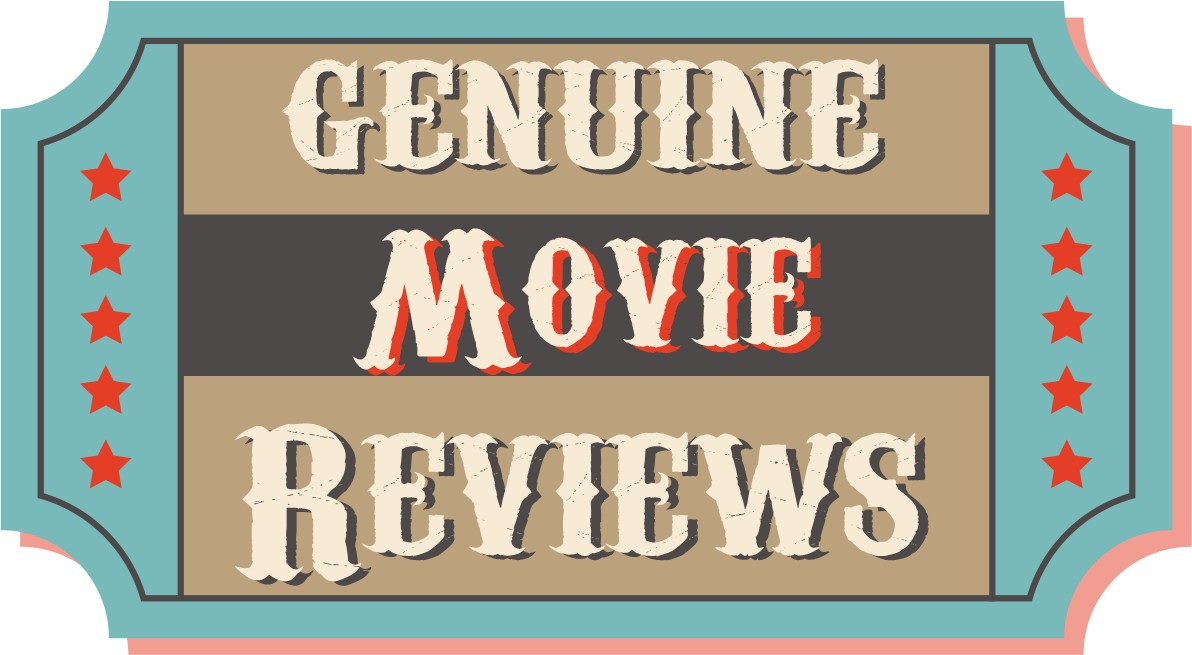


 RELATED POSTS
RELATED POSTS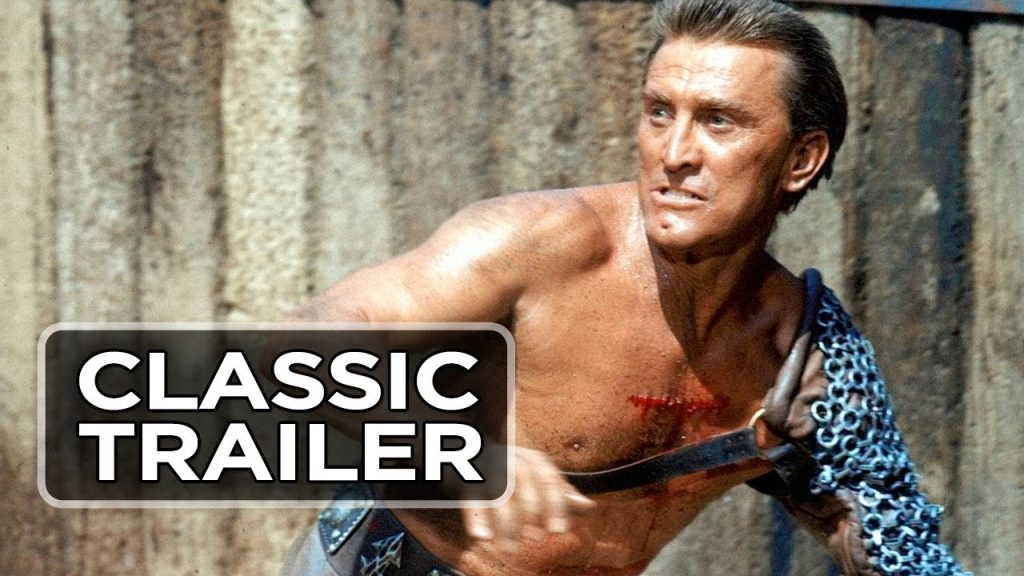

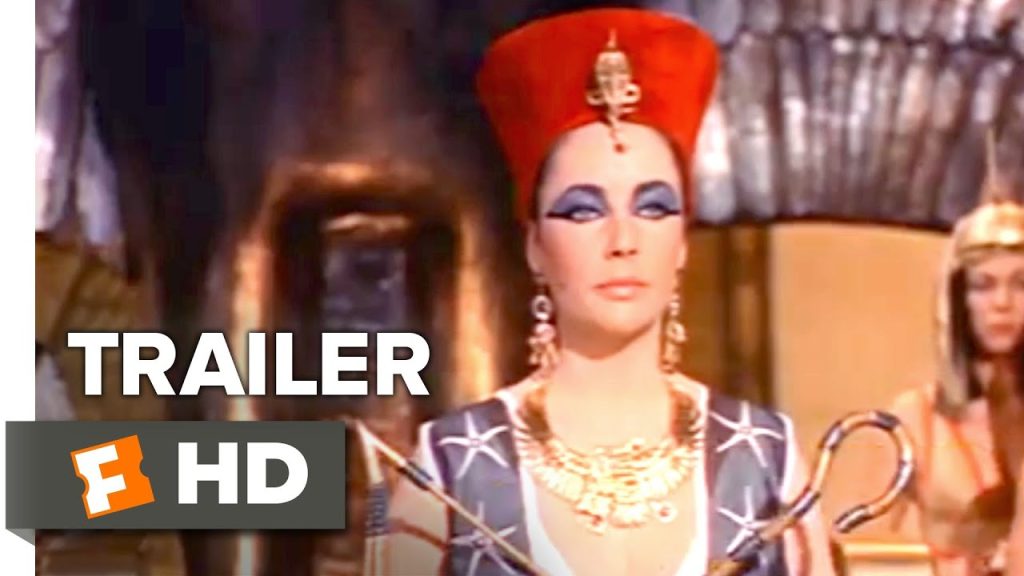
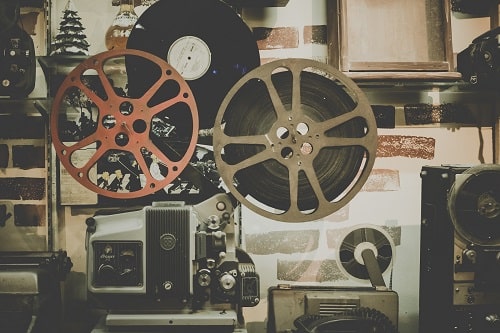
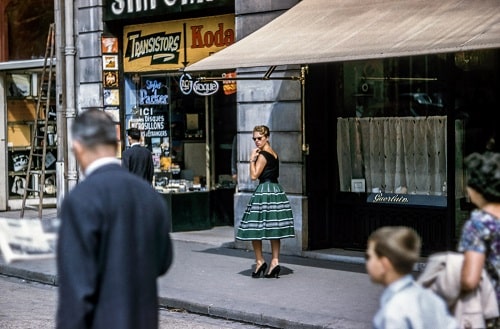
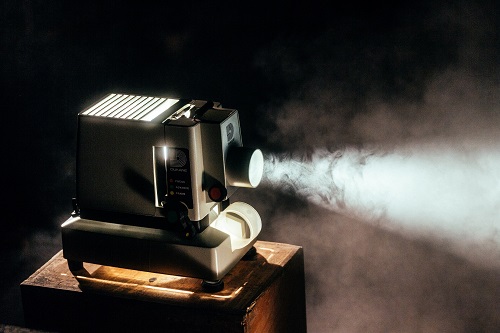
0 Comments